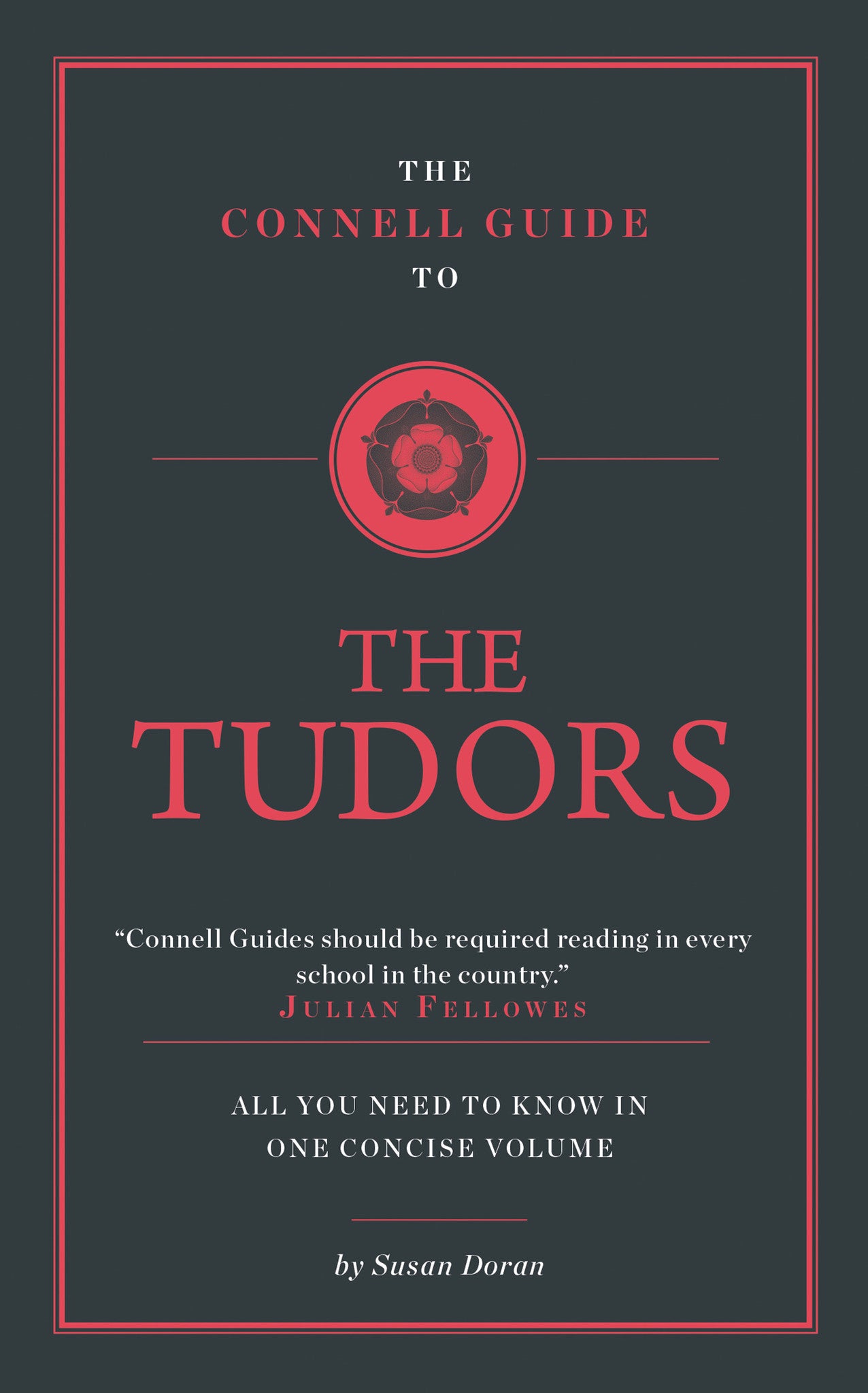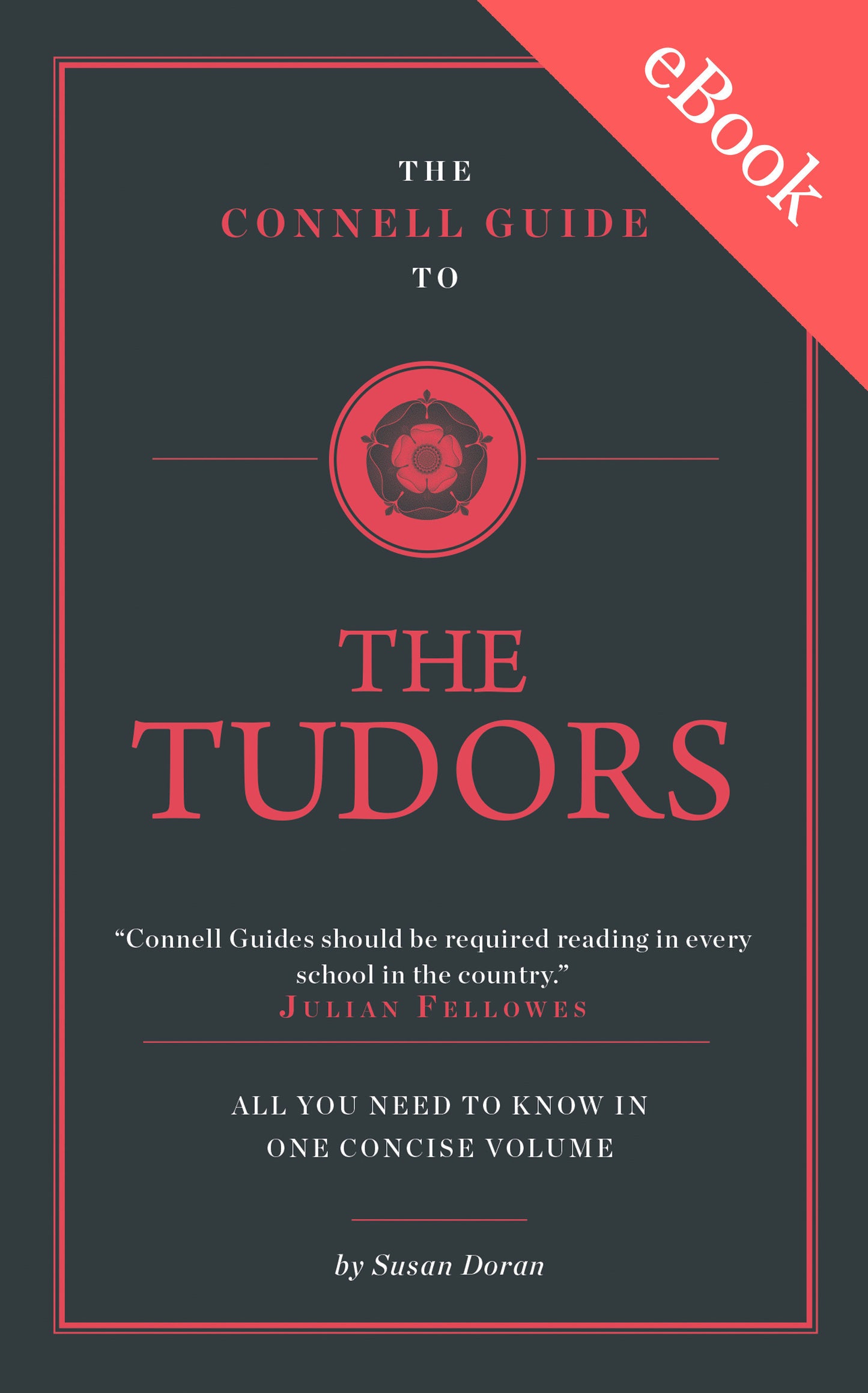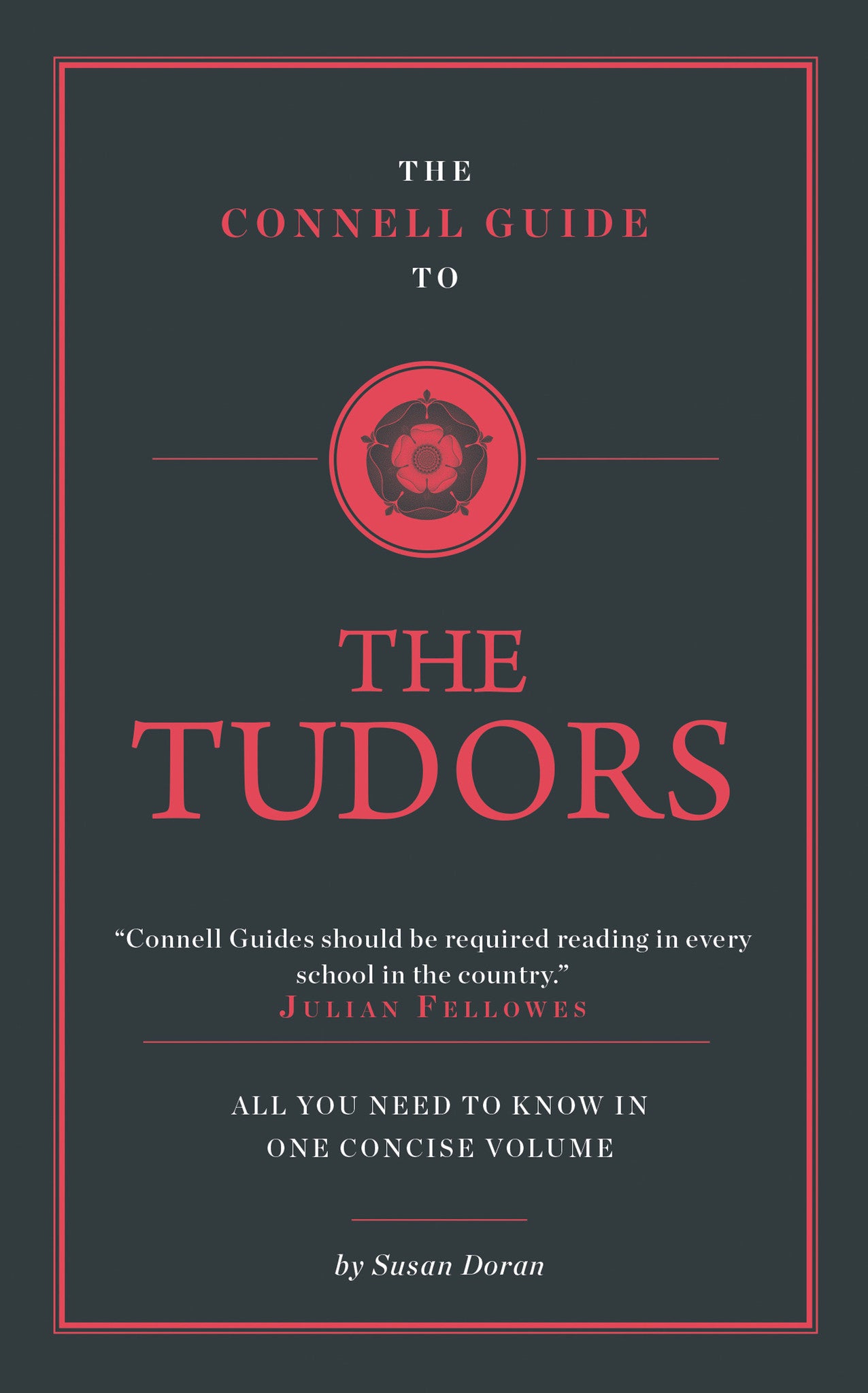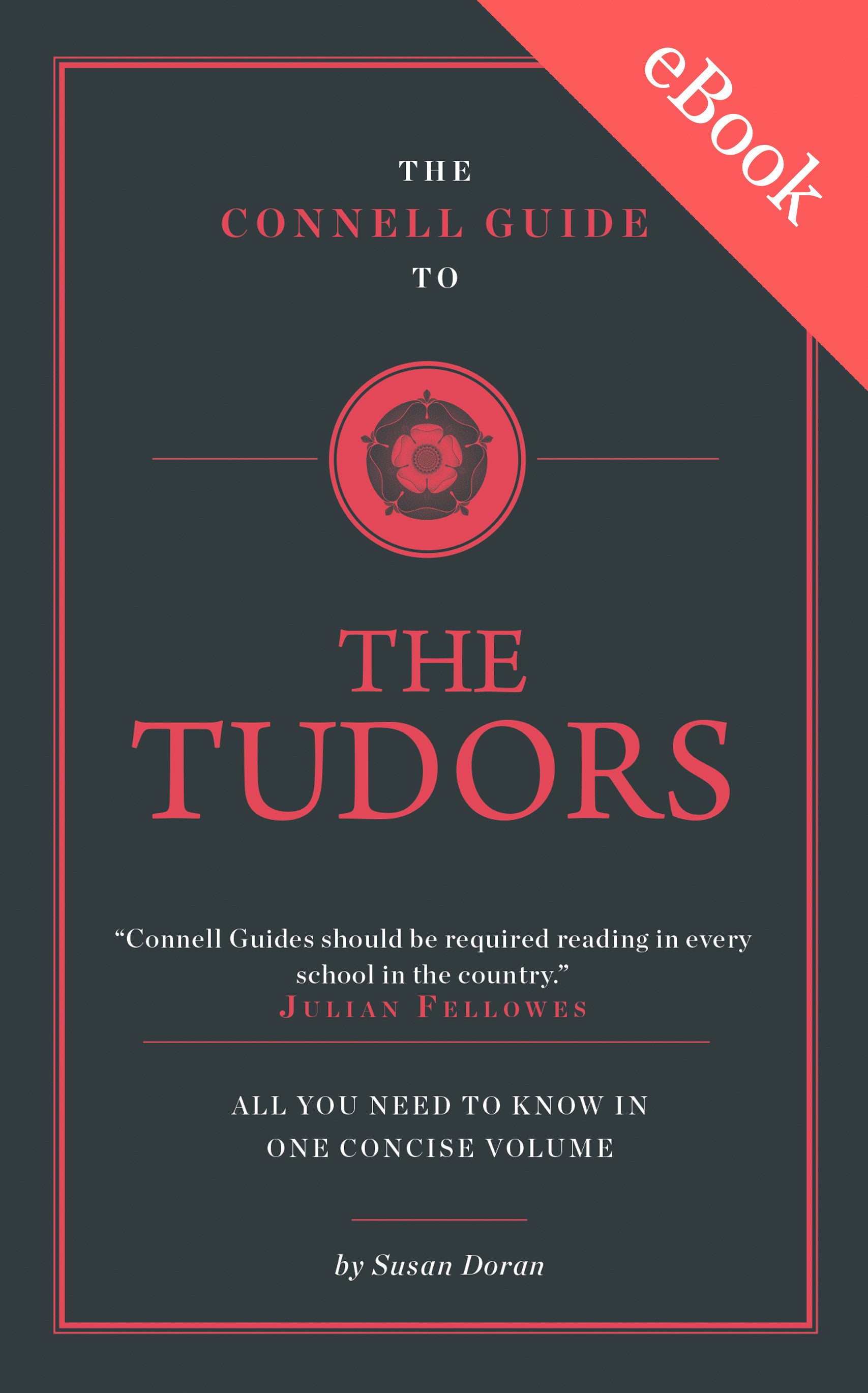The Connell Guide to The Tudors
The Connell Guide to The Tudors
Couldn't load pickup availability
Delivery information
All orders are being sent out Royal Mail first class, but unfortunately after 18th December we are unable to guarantee delivery in time for Christmas.
The date Henry VII became king – 22 August 1485 – is a crucial one in the history of the British monarchy. The crown has ever since remained in the line of his heirs and the Tudor dynasty was extraordinarily successful and resilient. All four Tudor monarchs – Henry VII and VIII, Mary and Elizabeth – died naturally, which, given that four from 1399 to 1485 had been deposed, was no mean achievement and a sign of their political strength and acumen. They were all authoritarian and could be tyrannical. But they were brilliant in the way they manipulated public opinion, and in using magnificence and propaganda to enhance royal power and they left behind them a stronger monarchy, a powerful state, and a transformed national Church.
ISBN-paperback: 978-1-911187-48-6
Contents
Introduction: Who were the Tudors?
Dynastic Right and Royal Succession
How serious were the dynastic challenge?
Why did the succession become a problem for Henry VIII?
How did Henry VIII try to secure the succession after his annulment?
Why was there a succession crisis in 1553?
How serious was the Catholic challenge to Elizabeth?
How did Elizabeth deal with the succession?
Religious Reformations
How strong was the English Church before the break with Rome?
Why did Henry VIII introduce religious change?
Why were there so many changes in religion between 1547 and 1559?
How did parishioners react to religious change?
Why were Protestants critical of the Elizabethan Church?
How dangerous were the Puritans?
Government, politics and protest
Did the Tudors introduce innovations in Government?
Did parliament become more important?
How important was factional in-fighting?
Was there a Tudor despotism?
Why were there so many rebellions in England?
How did the Tudors deal with Ireland?
Foreign relations How did England’s relations with France change?
Why did England go to war against Spain in 1585?
Conclusion
Notes
Chronology of the Tudor Dynasty
Bonds, Recognizances and Attainders
Cardinal Thomas Wolsey
Anne Boleyn’s relationship with Henry
Mary Queen of Scots
England under the Tudors
Who believed what?
The process of Henry VIII’s Reformation
The Edwardian Reformation
Confessional divisions
Ten Facts about the Tudors
Penal laws against Catholics
Who were the Puritans?
Mid-Tudor risings
Glossary and Who’s Who
Further reading
eBook Options
If you will be reading this eBook on any Apple device, or on any device with EPUB reading software, please select the option 'eBook'. This will sync the eBook with your eBook library on your device. For all other devices, we recommend the PDF eBook option.




